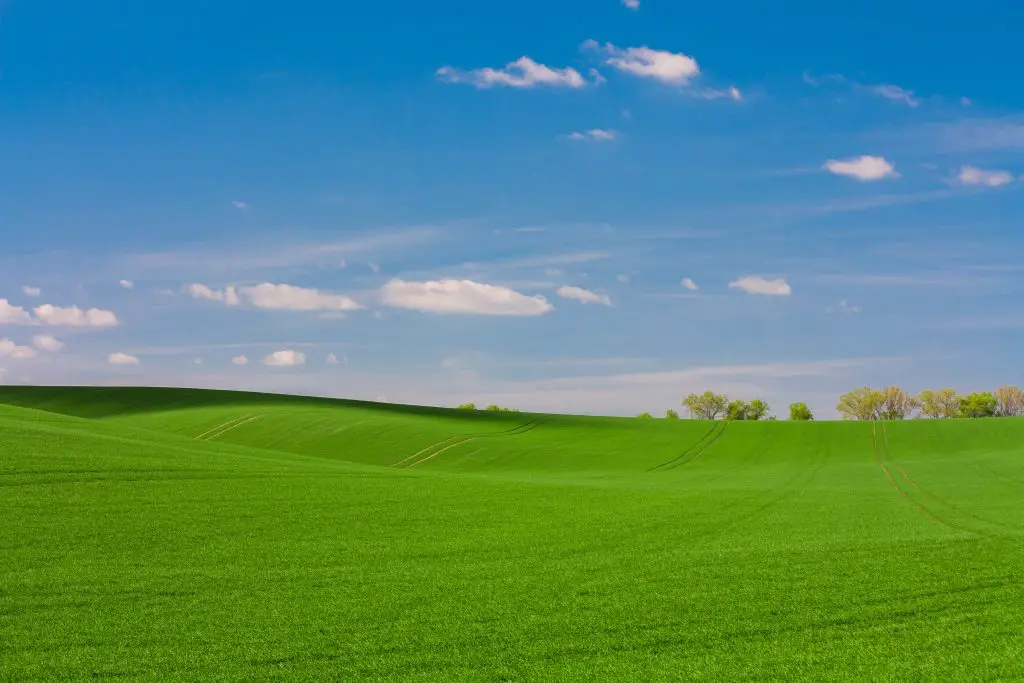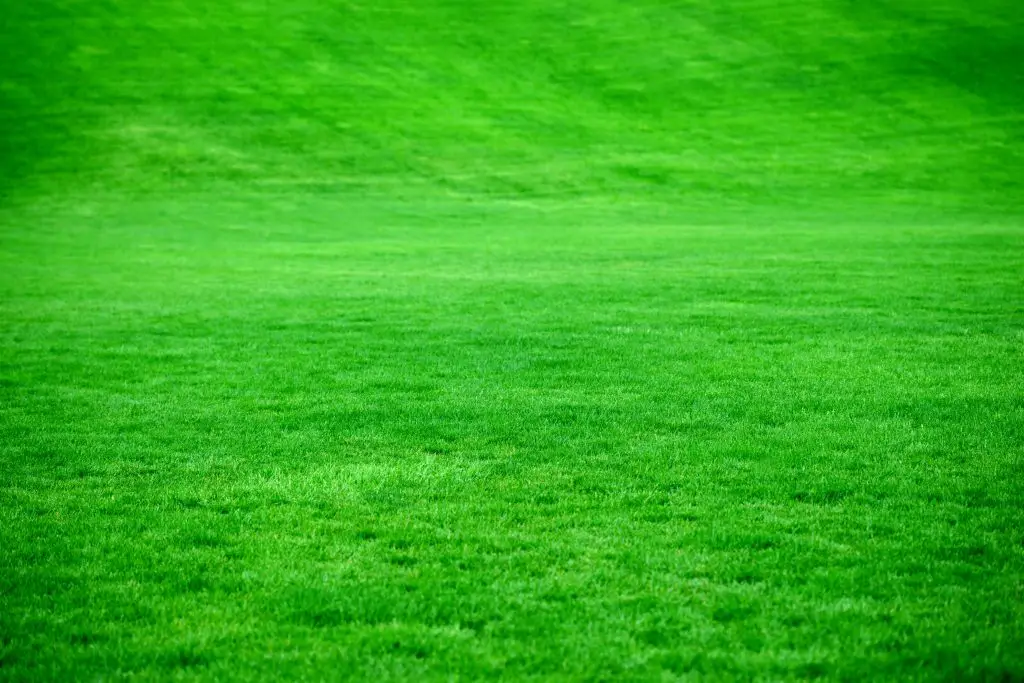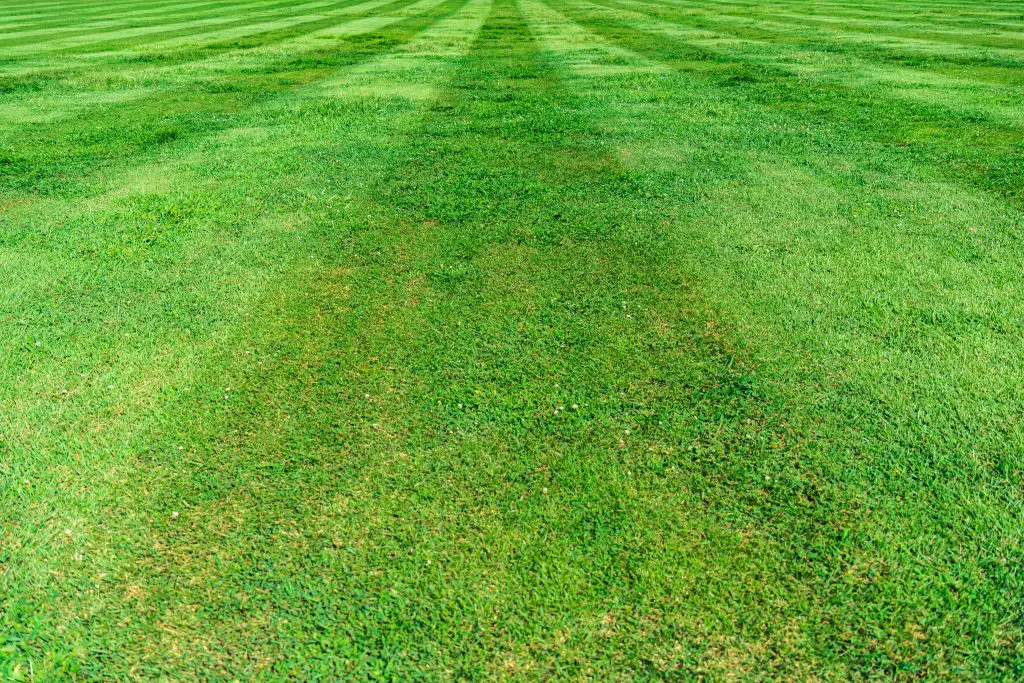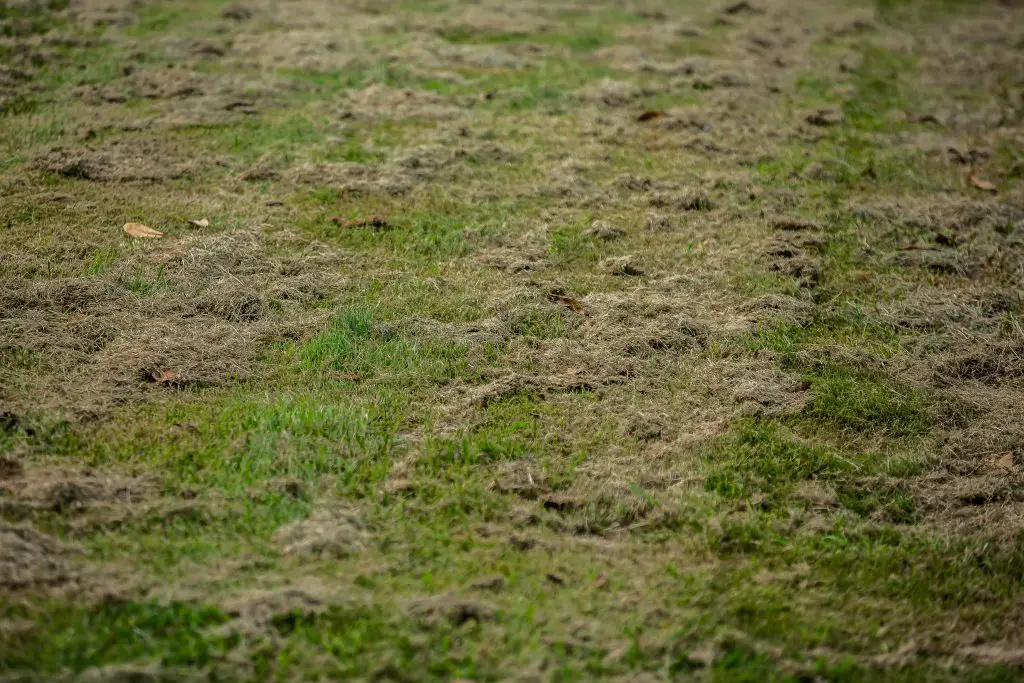How Long Does It Take For Grass Seeds To Germinate? If you have just cleared an area for the first time and laid under grass seeds to create a brand new lawn one of the questions you may be asking is how long will it take for the grass seeds to germinate.
The grass seeds will typically take 5 to 10 days to germinate however this depends greatly upon the temperature at which they are germinated according to a study published in the South African Journal of Botany. They found that the optimum time for the plants to germinate was between 86 to 95°F (30 to 35°C) with the germination rate declining once the temperature got above 95°F (35°C) degrees.
Additionally, at temperatures below 59°F (15°C) the germination rates will increase significantly to greater than 10 days. It is generally recommended that you do not plant grass seeds when the temperatures are less than 50°F (10°C).

This study also looked at the rate of germination in comparison with the depth at which the seeds are sown. It found that the germination rate declined with increased depth of planting with the fastest rate of germination being at a depth of 1 cm. This finding is consistent with the general advice which is associated with planting grass seeds which is just a sprinkle on them on the surface.
However, one of the problems associated with sprinkling grass seeds on the surface is that they get attacked by birds, so what can you do to prevent this?
How To Prevent Grass Seed From Being Eaten By Birds
There are a couple of methods that you can use to minimize the extent to which the local bird population eats your grass eat which can be problematic. However, there are one or two simple things that you can do that will deter the birds from eating the seed.
One of the oldest methods is simply to place old branches across the surface of the area where you are sowing the seeds. Ideally, these branches should no longer have any foliage and plenty of twigs which will prevent the birds from accessing the surface where the seeds are. This is a common technique that has been used by victorian kitchen gardeners is to prevent birds from eating pea seeds.
The second method which is somewhat more modern is to place netting flat across the ground where the seeds are planted to reduce the visibility and access to the seeds in much the same way as the first method. Generally, I find that this method is not as effective as the first one, however, it does reduce the extent of the seed loss and is much more suited to large areas.

The other method that does help which is also quite simple is to rake the grass seeds into the soil as this will camouflage them from the birdlife to some degree, however, I find that this is not all that effective at preventing grass seed from being eaten.
The alternative method is to place some seed in an area that is nearby to where you plant the seed but not next to the area. This method works well as a diversion tactic to provide a better source of food that is easier for the birds to eat.
However, if you do lose a reasonable portion of your grass seed it will be necessary to resow the seed to ensure that you get a reasonable level of grass coverage.
How Long Before You Can Mow A Newly Sown Lawn
If you have successfully managed to get your grass seeds to germinate the danger of birds attacking the grass will have largely passed and the next important step is to make sure that you keep off the grass for at least 4 weeks but preferably longer.
However, once your grass seeds begin to pop up the obvious question is when is the ideal time to mow them for the first time.
Generally, it is recommended that you do not mow for at least 4 to 6 weeks and when you do mow the height of the mower setting should be relatively high to ensure that there is plenty of foliage left on the plant. The reason this is important is that grass seed initially will only have a single blade of grass appearing until the grass becomes more established.

This means that the grass has only a limited surface area in which to photosynthesize to help the plant to develop its root system over time. Therefore, it is generally advisable to leave the mowing as long as possible as this will help the grass to get established more quickly.
What To Do If Weeds Start Appearing In Your Lawn
In the early stages of the lawn being established, it is likely that you’ll get at least some weed seed germinating within the grass. So, what do you do if weeds start to appear? There are a couple of options, the first is to begin to hand weed the area if it is a relatively small area.
Removing the weeds at this stage is very important to the final quality of your lawn as if you can keep it relatively weed-free when the grass is beginning to establish the weeds can largely be crowded out by a thick lawn once established.
However, if you have a large area where hand weeding is impractical you may also consider using a selective herbicide such as “Feed and Weed”. Feed and weed is a product that targets broadleaf species but will not kill the grass. It is available in liquid form or in a powdered form.

I have generally found that the powdered form is more effective as it seems to hang around for longer ensuring that it is more effective at killing the weeds off. However, the disadvantage of using the powder form is it does take longer to apply but in my view, it is worth it. Once applied what you should see is that the weed begins to blacken and then die off relatively quickly.
If you have particularly tenacious weeds you may need to apply the weed and feed multiple times to kill off the weeds.
I hope you found this article useful and have great success with your brand new lawn. If you have any specific questions or comments please leave them in the section below.
Relevant Articles
Is There Grass That Doesn’t Grow?
Why Do My Chives Look Like Grass? Is There Something Wrong?
Do Grass Seeds Need To Be Buried? Will They Germinate?
What Is The Lowest Temperature Vegetable Plants Can Tolerate?
